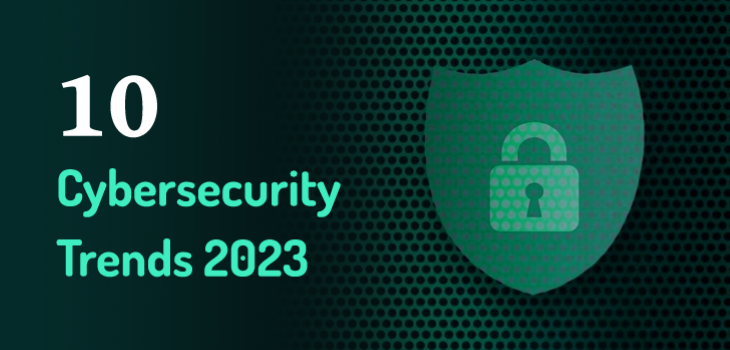Phishing attacks that can evade detection by email scanners are improving their chances of reaching the inbox, thanks to an increase in the use of one specific attachment type.
According to new data found in HP Wolf Security’s latest Security Threat Insights Report for Q4 of 2022, 13% of all email threats being sent make their way past layered email security defenses to reach the user’s inbox. This, up from the previously published finding of 11.7% of threats doing so by Acronis. While a little over 1% may not seem like much, with approximately 3.4 billion malicious emails sent daily, that accounts for an additional 44 million malicious emails daily.
So, why the increase? According to HP Wolf, one of the reasons is the continued use of PDF files containing malicious links. They also mention the use of archive files (e.g., ZIP files) as the most popular malicious file type used (in 42% of the cases) for its inability to be scanned easily – something HP Wolf first covered late last year.
This rise in malicious emails getting to the inbox means you have one of two paths to take. The first is that you assume the user is going to unwittingly fall for the likely social engineering tactics used in the malicious email and your endpoint protection is going to need to do the work of hopefully stopping the attack. Or you educate your users through Security Awareness Training so they can easily spot an attack and, by failing to interact with the malicious links or attachments, stop the attack before it has an ability to arm itself in the first place.




Leave A Comment